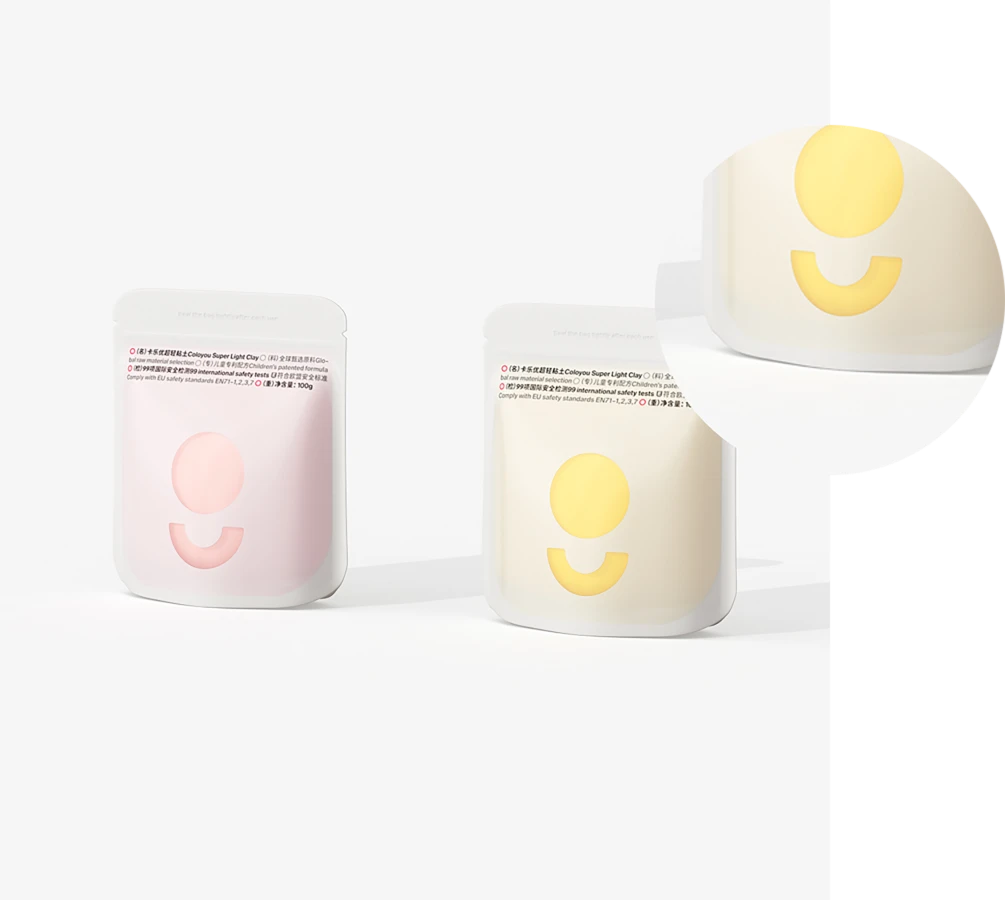- Afrikaans
- Albanian
- Amharic
- Arabic
- Armenian
- Azerbaijani
- Basque
- Belarusian
- Bengali
- Bosnian
- Bulgarian
- Catalan
- Cebuano
- chinese_simplified
- chinese_traditional
- Corsican
- Croatian
- Czech
- Danish
- Dutch
- English
- Esperanto
- Estonian
- Finnish
- French
- Frisian
- Galician
- Georgian
- German
- Greek
- Gujarati
- haitian_creole
- hausa
- hawaiian
- Hebrew
- Hindi
- Miao
- Hungarian
- Icelandic
- igbo
- Indonesian
- irish
- Italian
- Japanese
- Javanese
- Kannada
- kazakh
- Khmer
- Rwandese
- Korean
- Kurdish
- Kyrgyz
- Lao
- Latin
- Latvian
- Lithuanian
- Luxembourgish
- Macedonian
- Malgashi
- Malay
- Malayalam
- Maltese
- Maori
- Marathi
- Mongolian
- Myanmar
- Nepali
- Norwegian
- Norwegian
- Occitan
- Pashto
- Persian
- Polish
- Portuguese
- Punjabi
- Romanian
- Russian
- Samoan
- scottish-gaelic
- Serbian
- Sesotho
- Shona
- Sindhi
- Sinhala
- Slovak
- Slovenian
- Somali
- Spanish
- Sundanese
- Swahili
- Swedish
- Tagalog
- Tajik
- Tamil
- Tatar
- Telugu
- Thai
- Turkish
- Turkmen
- Ukrainian
- Urdu
- Uighur
- Uzbek
- Vietnamese
- Welsh
- Bantu
- Yiddish
- Yoruba
- Zulu
what is debossing
What is Debossing?
Debossing is a popular design technique used in various industries, particularly in the realms of printing, packaging, and product design. It involves creating a recessed area in a surface, giving the impression that the design or lettering has been pressed into the material rather than embossed, which is the opposite process where designs are raised above the surface. This article will delve into the fundamental aspects of debossing, its applications, advantages, and its overall significance in design.
The Process of Debossing
Debossing is achieved by applying a heated die to the material, which can range from paper and leather to other types of substrate. The pressure from the die permanently alters the surface, forming a depression that is often used to enhance the aesthetic appeal of products or packaging. The depth and detail of the debossed design can vary based on the pressure applied and the type of die used, allowing for a wide array of creative possibilities.
In contrast to embossing, where the design pops out, debossing tends to create a more subtle effect that invites touch and interaction. This unique tactile quality can enhance the customer experience, making products more engaging and memorable.
Applications of Debossing
Debossing is commonly utilized in a variety of applications. In the fashion industry, it is often used on leather goods such as wallets, bags, and belts, lending a sophisticated touch that signifies quality. In the print industry, stationery, business cards, and promotional materials frequently feature debossed text or logos, aiding brand recognition. Additionally, packaging companies utilize debossing to elevate the perceived value of their products, creating a more luxurious look that can influence consumer purchasing decisions.
what is debossing

Another notable application is in bookbinding. Publishers may use debossing for titles or decorative elements on book covers, enhancing the visual and tactile appeal of the finished product. This technique is especially popular in hardcover books, where a debossed logo or title can convey a sense of prestige, making the book more attractive on shelves.
Advantages of Debossing
One of the main advantages of debossing is its durability. Unlike ink or foil printing, debossing creates a permanent effect that won’t fade or wear off over time. This makes it a preferred choice in high-quality products where longevity is essential. Moreover, debossing can enhance the tactile experience of a product, inviting customers to feel the texture, which can make an emotional connection and influence buying behavior.
Debossing is also exceedingly customizable. Designers can easily change the depth, size, and placement of the design, allowing for greater creativity in branding and marketing efforts. Companies can use debossing to create unique identities that stand out in the market, thereby enhancing brand loyalty and recognition.
Conclusion
In conclusion, debossing is a versatile design technique that adds depth, texture, and sophistication to a variety of products and materials. Whether used in the fashion industry, print media, or packaging, debossing enhances visual appeal while ensuring durability. As brands continue to seek innovative ways to engage consumers, the significance of techniques like debossing will only grow.
By understanding the intricacies of debossing, businesses can leverage this powerful tool to create a lasting impact in their respective markets, ensuring that their products not only catch the eye but also create memorable experiences for consumers. In an era where consumers are increasingly discerning about quality and aesthetic, debossing stands out as a trusted method for enhancing product appeal and brand identity.













